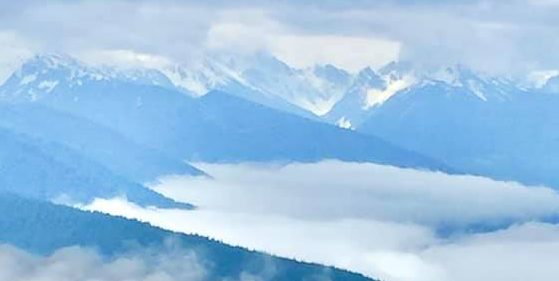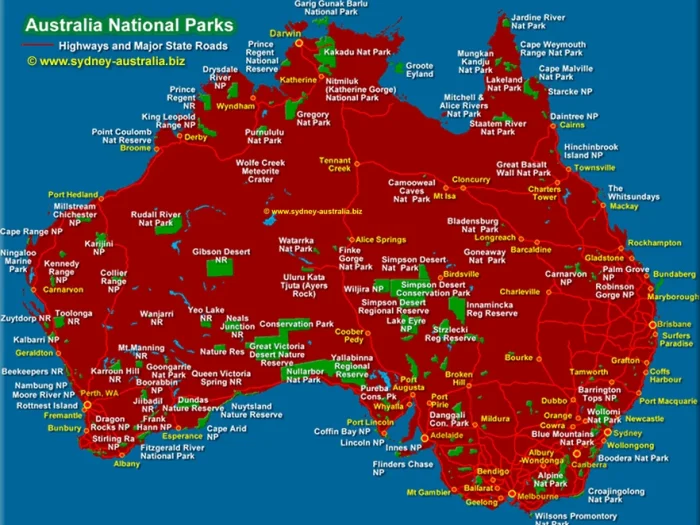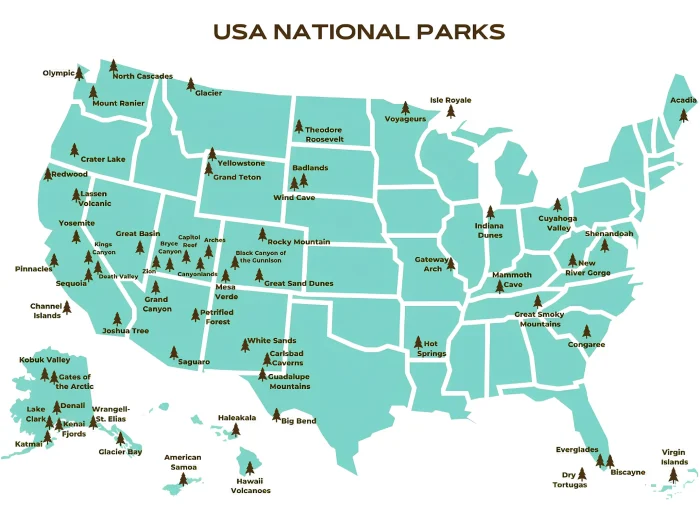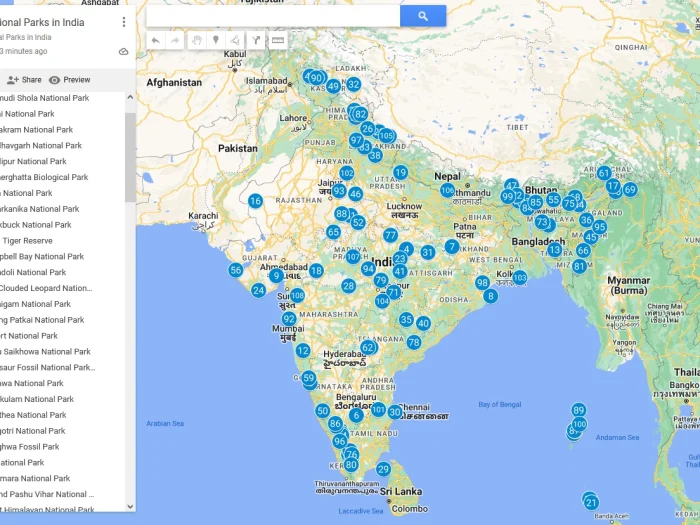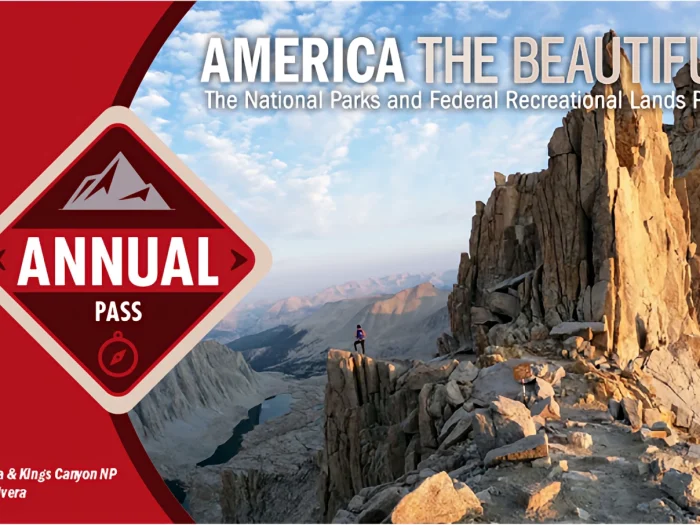List of National Parks in Switzerland and Map
Switzerland has one national park, the Swiss National Park, and many regional nature parks.
List of National Parks in Switzerland
(You can click the image below to see Switzerland national parks map in full size)

National parks (1)
Regional nature parks (14)
- Aargau Jura Park
- Beverin Nature Park
- Binntal Nature Park
- Chasseral Nature Park
- Diemtigtal Nature Park
- Doubs Nature Park
- Parc Ela
- UNESCO Entlebuch Biosphere
- Gantrisch Nature Park
- Gruyère Pays-d’Enhaut Nature Park
- Jura vaudois Nature Park
- Pfyn-Finges Nature Park
- Thal Nature Park
- Val Müstair Biosphere
Nature experience parks (1)
National Parks in Switzerland map
FAQs About National Parks in Switzerland
General Information
1. How many national parks are there in Switzerland?
Switzerland officially has one national park — the Swiss National Park, located in the canton of Graubünden.
2. What is the name of Switzerland’s only official national park?
It’s called the Swiss National Park (Schweizerischer Nationalpark / Parc Naziunal Svizzer).
3. When was the Swiss National Park established?
The park was founded in 1914, making it the oldest national park in the Alps and one of the oldest in Europe.
4. Where is the Swiss National Park located?
It lies in the Engadine Valley in eastern Switzerland, near the town of Zernez, close to the Italian border.
5. How large is the Swiss National Park?
It covers about 170 square kilometers (65 square miles) of mountainous terrain.
6. Why does Switzerland have only one national park?
Strict conservation laws and limited undeveloped land make it difficult to create new parks, though many regional nature parks now complement the main one.
7. Are there other protected nature areas besides the Swiss National Park?
Yes. Switzerland has 17 regional nature parks, 2 nature discovery parks, and many protected reserves across the country.
8. What makes the Swiss National Park unique compared to others in Europe?
It is a strict nature reserve — human interference is minimized, and nature is allowed to evolve freely without intervention.
9. Is the Swiss National Park part of UNESCO?
Yes. It’s part of the UNESCO Biosphere Reserve Engiadina Val Müstair, recognized for its ecological and cultural value.
10. What kind of landscapes can you find in the park?
The park features alpine meadows, forests, rocky peaks, valleys, and rivers, all shaped by glaciers and natural processes.
🌿 Wildlife & Nature
11. What animals can be seen in the Swiss National Park?
Common animals include ibex, chamois, marmots, red deer, foxes, golden eagles, and bearded vultures.
12. Can you see ibex or chamois in the park?
Yes — both are quite common, especially in open rocky areas early in the morning or evening.
13. Are there bears or wolves in the Swiss National Park?
Bears are rare visitors, but wolves and lynxes have occasionally been spotted in recent years as they naturally return to Switzerland.
14. What plants are native to the park?
You’ll find Swiss stone pine, larch, alpine rose, edelweiss, and gentians, among many others.
15. When is the best time of year to see wildlife?
June to September is ideal, as animals are active and trails are open. Early mornings are best for sightings.
16. Are there any endangered species in the park?
Yes, including bearded vultures and some alpine plant species that thrive only in untouched habitats.
17. Can visitors pick flowers or collect plants?
No. Picking plants, mushrooms, or any natural object is strictly forbidden to protect the ecosystem.
18. Are drones allowed for wildlife photography?
No. Drones are not allowed, as they disturb wildlife and break the park’s noise regulations.
19. What’s the elevation range of the Swiss National Park?
The park ranges from about 1,400 meters to over 3,100 meters above sea level.
20. Are there glaciers inside the park?
No large glaciers remain, but you can see glacial valleys and rock formations shaped by past glaciation.
🚶 Visiting & Hiking
21. How do I get to the Swiss National Park?
You can reach it by train or car via Zernez, which connects to the Swiss rail network and main roads.
22. What are the nearest towns or villages to stay in?
Zernez, S-chanf, Scuol, and Müstair are the closest, offering accommodations from hostels to hotels.
23. Are there hiking trails inside the park?
Yes. There are over 80 km of marked hiking trails, ranging from easy walks to challenging mountain routes.
24. Do I need a guide to visit the park?
No, but guided tours are available through the National Park Centre in Zernez for educational experiences.
25. How difficult are the hiking trails?
They range from easy valley walks to steep alpine climbs. Trail maps at the park entrance help you choose based on skill level.
26. Is camping allowed in the park?
No. Camping and bivouacking are prohibited within the park boundaries to protect wildlife.
27. Can you bring pets into the park?
No. Dogs and other pets are not allowed, even on leashes, to prevent disturbance to wildlife.
28. Are bicycles or mountain bikes allowed?
No. Cycling is not permitted inside the park. Visitors can cycle on designated routes outside the park.
29. Is there public transportation to the park?
Yes. PostBus services connect Zernez with trailheads and nearby villages.
30. Are the trails open year-round?
No. Most trails are open from late May to October, depending on snow conditions.
🏕️ Rules & Regulations
31. What are the main rules for visitors in the Swiss National Park?
Stay on marked trails, do not disturb wildlife, do not pick plants, and do not leave litter or make noise.
32. Can visitors leave the marked trails?
No. Leaving the trails is strictly forbidden to protect delicate alpine ecosystems.
33. Is swimming or fishing allowed in the park?
No. Fishing, swimming, and entering water bodies are prohibited to preserve natural habitats.
34. Are there entrance fees?
No entrance fee is charged, but donations and purchases at the National Park Centre support conservation.
35. Are there ranger-led tours or educational programs?
Yes. The park offers guided hikes, children’s programs, and exhibitions at the visitor center in Zernez.
36. Can you light fires or have picnics inside the park?
No. Fires, grills, and picnics are not allowed. You can eat at rest areas outside the park.
37. Is overnight lodging available inside the park?
Yes, only at the Chamanna Cluozza mountain hut, the park’s sole accommodation, accessible by hiking.
38. What should visitors do if they encounter wild animals?
Stay calm, keep a safe distance, don’t feed or approach them, and remain quiet.
39. Are there penalties for breaking park rules?
Yes. Violations can result in fines or legal action, as the park is a federal nature reserve.
40. How can visitors contribute to the conservation of the Swiss National Park?
Follow park rules, minimize impact, donate to conservation programs, and support eco-friendly tourism in the region.
